Harvest Fish Mint at Home: Imagine stepping into your backyard, not just for a breath of fresh air, but to snip fresh, vibrant Fish Mint leaves for your next culinary adventure! Sounds dreamy, right? Well, it doesn’t have to be just a dream. This often-overlooked herb, with its unique and slightly pungent flavor, is surprisingly easy to grow and harvest right in your own garden.
Fish Mint, also known as Houttuynia cordata, has a rich history, deeply rooted in Asian cuisine and traditional medicine. For centuries, it’s been a staple in dishes across Southeast Asia, adding a distinctive zest to salads, soups, and stir-fries. Beyond its culinary uses, it’s also been valued for its purported health benefits. But you don’t need to travel to Asia to enjoy this amazing herb!
Why should you learn to harvest Fish Mint at home? Because fresh is always best! Store-bought herbs often lack the vibrant flavor and aroma of freshly picked ones. Plus, growing your own is incredibly rewarding and sustainable. I’m going to show you some simple DIY tricks and hacks that will have you harvesting a bountiful supply of Fish Mint in no time, even if you’re a complete beginner. Say goodbye to bland meals and hello to a garden bursting with flavor!
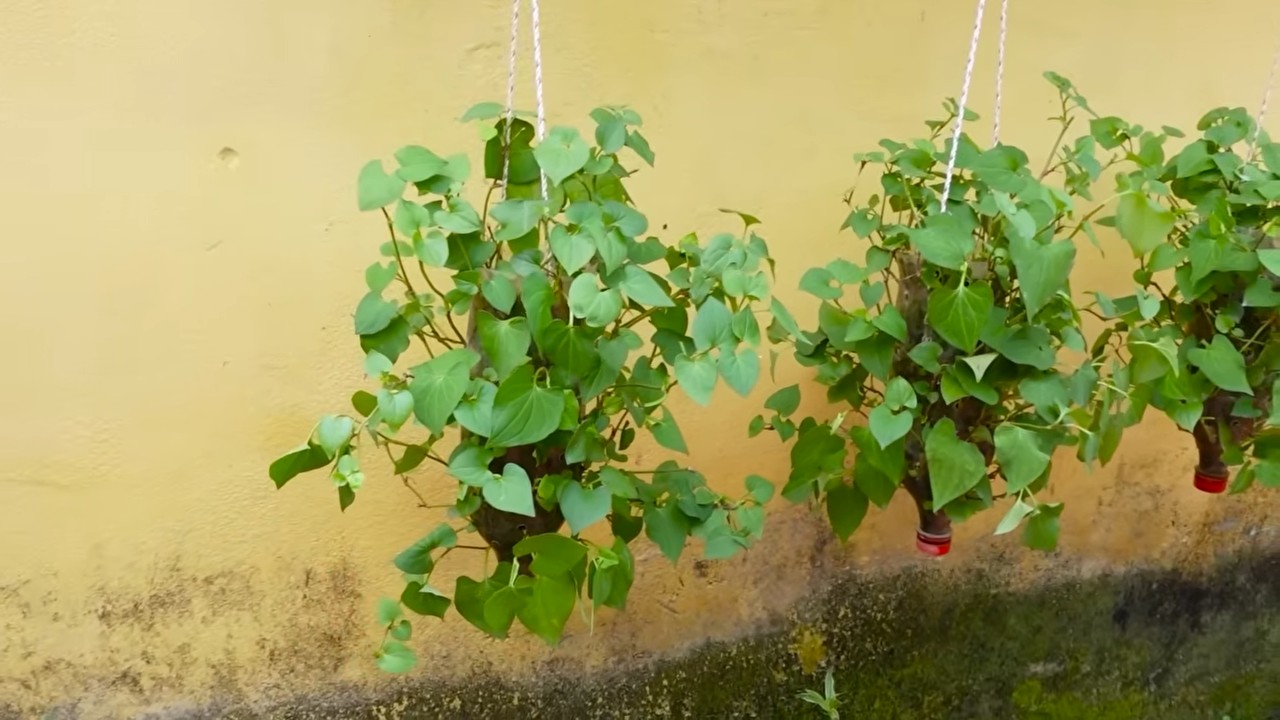
Harvesting Fish Mint at Home: A DIY Guide for Fresh Flavors
Hello dear hobby gardeners and kitchen fairies! Have you ever heard of fish mint? This fascinating plant, also known as Houttuynia cordata, is very popular in Asian cuisine and gives dishes a unique, slightly fishy taste. And the best part? You can easily grow and harvest it at home! I’ll show you how it’s done.
What you need for the fish mint harvest
Before we get started, here is a list of the things you’ll need:
- A mature fish mint plant (either in the garden or in a pot)
- Sharp scissors or pruning shears
- A clean container or basket for the harvest
- (Optional) Gloves to keep your hands clean
When is the right time to harvest?
The best time to harvest fish mint is when the plant has grown lush and has plenty of leaves. This is usually the case from spring to autumn. Make sure the plant looks healthy and shows no signs of disease or pests. It’s best to harvest in the morning after the dew has evaporated, as the leaves are most aromatic then.
The Harvesting Technique: How to do it right
The right harvesting technique is crucial to avoid damaging the plant and to encourage healthy growth. Here are the steps you should follow:
- Preparation: First, you should clean your scissors or pruning shears to prevent the transmission of diseases. I simply use a bit of alcohol for this.
- Selection of leaves: Look for the healthiest and most vigorous leaves. Make sure they have no yellow or brown spots.
- Cutting the stems: Cut the stems about 2-3 cm (about 1 inch) above the ground or a leaf node. This will stimulate the growth of new shoots.
- Gentle handling: Handle the leaves carefully to avoid damaging them. Gently place them in your container or basket.
- Don’t harvest too much: Never harvest more than a third of the plant at once. This gives it enough time to recover and continue growing.
Step-by-Step Guide to Harvesting Fish Mint
Here is a detailed guide that will walk you through the entire process:
- Inspect the plant: Before you start harvesting, take a moment to look closely at your fish mint plant. Are the leaves healthy and strong? Are there any signs of pests or diseases? If so, you should treat these first before you harvest.
- Prepare the scissors: Clean your scissors or pruning shears thoroughly with alcohol or hot water and soap. This prevents the transmission of diseases to the plant.
- Select the right leaves: Look for the largest and healthiest leaves. These contain the most flavor. Avoid leaves that are yellow, brown, or damaged.
- Cut the stems: Cut the stems about 2-3 cm (about 1 inch) above the ground or a leaf node. A leaf node is the point where a leaf grows out of the stem. Cutting just above a leaf node encourages the growth of new shoots at that point.
- Handle the leaves carefully: Fish mint leaves are relatively delicate. So, handle them carefully to avoid bruising or damaging them. Gently place them in your container or basket.
- Don’t harvest too much: It’s important not to harvest too much of the plant at once. Harvest a maximum of one-third of the plant so that it has enough energy to recover and continue to grow.
- Care for the plant: After harvesting, you should water the plant well and, if necessary, give it some fertilizer. This supports its growth and ensures a bountiful harvest in the future.
- Process the harvest: Now you can use your fresh fish mint to enhance your favorite dishes. You can also dry or freeze it to preserve it for longer.
How to dry and store fish mint
If you can’t use your fish mint right away, it’s important to dry and store it properly to preserve its aroma. Here are some tips:
- Drying: There are several ways to dry fish mint. You can hang it in an airy, shady place or dry it in the oven at a low temperature (approx. 40°C / 105°F). Make sure the leaves are completely dry before you store them.
- Storing: Keep the dried leaves in an airtight container in a cool, dark place. This way, they will keep for up to a year.
Uses for fish mint
Fish mint is incredibly versatile and can be used in a variety of dishes. Here are some ideas:
- Fresh use: Add fresh fish mint to salads, soups, curries, or rice dishes. It gives the dishes a fresh, slightly fishy taste.
- Dried use: Use dried fish mint as a spice for meat, fish, or vegetables.
- Tea: Prepare a refreshing tea from fresh or dried fish mint leaves.
- Garnish: Use fresh fish mint as a garnish for your dishes.
Avoid common mistakes
Here are some common mistakes you should avoid when harvesting fish mint:
- Harvesting too much: Never harvest more than a third of the plant at once.
- Using the wrong scissors: Always use sharp and clean scissors or pruning shears.
- Neglecting the plant: Water and fertilize the plant regularly to promote its growth.
- Storing the leaves incorrectly: Always store the leaves in an airtight container in a cool, dark place.
Propagating fish mint: How to get even more plants
If you want to propagate your fish mint plant, there are several options:
- Cuttings: In spring or summer, take cuttings from the plant and stick them in moist soil. With a bit of luck, they will root and develop into new plants.
- Division: Divide the plant in spring or autumn by gently pulling the root ball apart. This will give you several separate plants.
- Seeds: Fish mint can also be propagated by seed, but this is a bit more involved.
Additional tips for a successful fish mint harvest
- Regular watering: Fish mint needs regular watering, especially during the hot summer months.
- Fertilizing: Fertilize the plant regularly with an organic fertilizer to promote its growth.
- Pest protection: Watch out for pests like aphids or slugs and combat them with natural methods if necessary.
- Location: Fish mint prefers a partially shaded location with moist soil.
I hope this guide has helped you to harvest your own fish mint at home. With a little patience and care, you can soon look forward to a bountiful harvest and enhance your dishes with the unique aroma of this fascinating plant. Happy gardening and cooking!
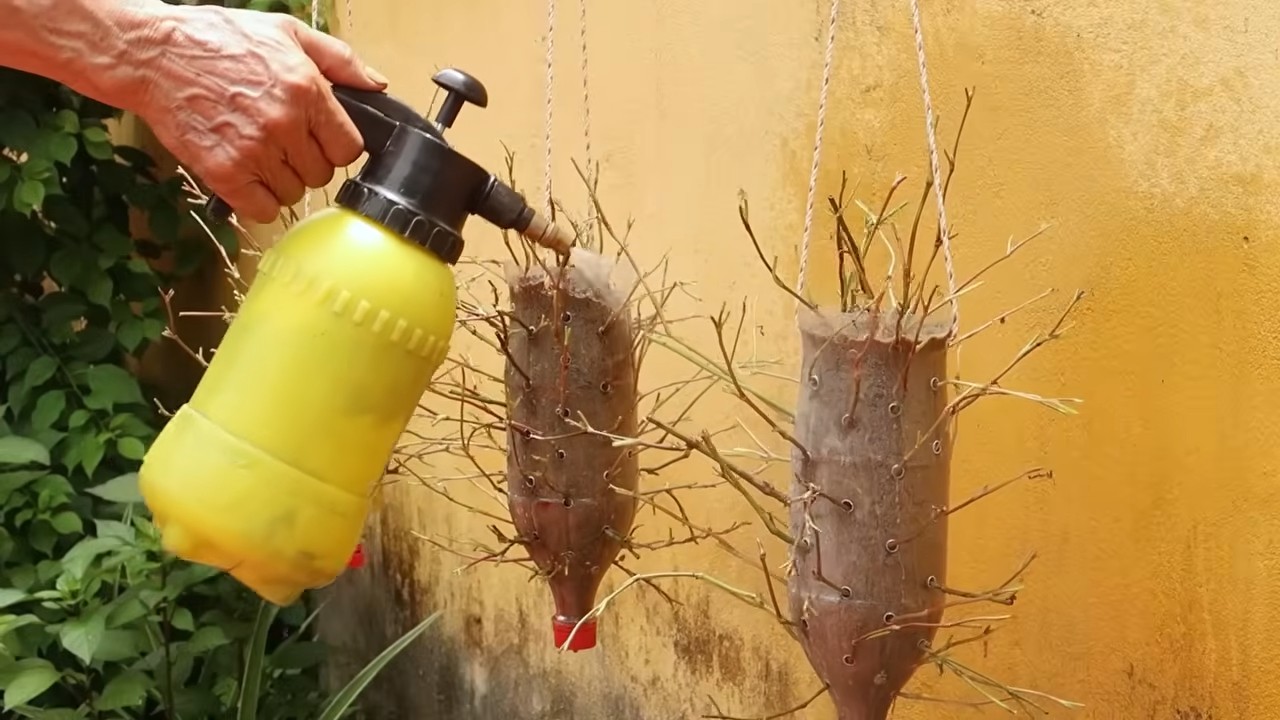
Conclusion
So, there you have it! Cultivating your own fish mint at home is not just a gardening project; it’s an investment in fresh, vibrant flavor and a step towards a more sustainable lifestyle. Forget those wilted, overpriced bunches at the grocery store. Imagine stepping out into your garden or onto your balcony and snipping off exactly the amount of fish mint you need, bursting with aroma and ready to elevate your next culinary creation.
This DIY trick is a must-try for several compelling reasons. First and foremost, it guarantees freshness. The difference between store-bought and homegrown fish mint is like night and day. The homegrown variety boasts a more intense, nuanced flavor that will truly awaken your taste buds. Secondly, it’s incredibly cost-effective. A single initial investment in seeds or a starter plant can yield a continuous supply of fish mint for months, even years, to come. Think of all the money you’ll save! Thirdly, it’s empowering. There’s a unique satisfaction in nurturing a plant from seed to harvest, knowing that you’re providing yourself with fresh, healthy ingredients.
Beyond the basic method outlined, there are plenty of ways to customize your fish mint growing experience. Consider experimenting with different soil types to see which yields the best results in your specific climate. Try growing fish mint in containers of varying sizes to determine the optimal space for root development. You can even explore different propagation methods, such as stem cuttings, to expand your fish mint patch quickly and easily.
For those who live in colder climates, consider bringing your potted fish mint indoors during the winter months. Place it near a sunny window and continue to water it regularly to ensure a year-round supply of this flavorful herb. You can also dry your harvested fish mint for later use, preserving its unique flavor for soups, stews, and teas.
Don’t be intimidated if you’re new to gardening. Fish mint is a relatively forgiving plant, and even beginners can achieve success with a little patience and attention. The key is to provide it with the right conditions – well-drained soil, adequate sunlight, and consistent moisture.
We wholeheartedly encourage you to give this DIY trick a try. It’s a simple, rewarding, and delicious way to enhance your cooking and connect with nature. Once you’ve experienced the joy of harvesting your own fresh fish mint, you’ll never go back to buying it from the store.
And now, we want to hear from you! Share your experiences with growing fish mint at home in the comments below. What challenges did you encounter? What tips and tricks did you discover? What are your favorite ways to use fresh fish mint in your cooking? Your insights will help other readers on their own fish mint growing journey. Let’s create a community of fish mint enthusiasts!
Frequently Asked Questions (FAQ)
What exactly is fish mint, and what does it taste like?
Fish mint (Houttuynia cordata) is a perennial herb native to Southeast Asia. It’s characterized by its distinctive heart-shaped leaves and a flavor that some describe as a combination of citrus, cilantro, and, yes, a hint of fishiness. The “fishy” note is subtle and often diminishes with cooking, leaving behind a refreshing and slightly peppery taste. It’s a staple ingredient in many Asian cuisines, particularly Vietnamese and Thai dishes.
Is fish mint difficult to grow?
No, fish mint is generally considered easy to grow, especially in the right conditions. It thrives in moist, well-drained soil and partial shade. It can be grown in gardens or containers, making it suitable for both urban and rural environments. The biggest challenge is often containing its spread, as it can be quite vigorous.
How much sunlight does fish mint need?
Fish mint prefers partial shade, especially in hotter climates. While it can tolerate full sun, the leaves may scorch or become less flavorful. Aim for at least 4-6 hours of indirect sunlight per day. If you’re growing it indoors, place it near a sunny window but shield it from direct afternoon sun.
What kind of soil is best for growing fish mint?
Fish mint thrives in moist, well-drained soil that is rich in organic matter. A slightly acidic to neutral pH is ideal. You can improve the soil by adding compost, aged manure, or other organic amendments. If you’re growing it in containers, use a high-quality potting mix.
How often should I water my fish mint plant?
Fish mint prefers consistently moist soil, so water it regularly, especially during hot, dry weather. Check the soil moisture by sticking your finger about an inch deep. If it feels dry, it’s time to water. Avoid overwatering, as this can lead to root rot.
How do I harvest fish mint?
You can harvest fish mint leaves as needed throughout the growing season. Simply snip off the stems with scissors or pruning shears. Regular harvesting will encourage the plant to produce more leaves. For the best flavor, harvest in the morning after the dew has dried.
Can I grow fish mint indoors?
Yes, fish mint can be grown indoors, especially in colder climates where it cannot survive the winter outdoors. Place it near a sunny window and provide it with consistent moisture. You may need to supplement with artificial light if you don’t have enough natural light.
How do I propagate fish mint?
Fish mint can be easily propagated from stem cuttings. Simply take a cutting from a healthy stem, remove the lower leaves, and place it in water or moist soil. Roots will typically develop within a few weeks. You can also propagate it by dividing the root ball.
Is fish mint invasive?
Yes, fish mint can be quite invasive, especially in moist, fertile soil. It spreads rapidly through underground rhizomes. To control its spread, consider growing it in containers or using barriers to prevent it from spreading into unwanted areas.
What are some common uses for fish mint in cooking?
Fish mint is a versatile herb that can be used in a variety of dishes. It’s commonly used in Vietnamese spring rolls, salads, and soups. It can also be added to stir-fries, curries, and teas. Its unique flavor pairs well with seafood, poultry, and vegetables.
Can I dry fish mint for later use?
Yes, you can dry fish mint to preserve its flavor. Hang the stems upside down in a cool, dry place until the leaves are completely dry. You can also use a dehydrator to dry the leaves more quickly. Store the dried leaves in an airtight container in a cool, dark place.
Is fish mint safe to eat? Are there any side effects?
Fish mint is generally considered safe to eat in moderation. However, some people may experience allergic reactions. It’s always a good idea to start with a small amount to see how your body reacts. Pregnant and breastfeeding women should consult with their doctor before consuming fish mint.
Where can I buy fish mint seeds or plants?
Fish mint seeds or plants can be found at many nurseries, garden centers, and online retailers. Look for reputable suppliers to ensure you’re getting a healthy and authentic variety. You might also find it at Asian grocery stores.
My fish mint leaves are turning yellow. What could be the problem?
Yellowing leaves can be a sign of several issues, including overwatering, underwatering, nutrient deficiencies, or pest infestations. Check the soil moisture and adjust your watering accordingly. Make sure the plant is getting enough sunlight and consider fertilizing it with a balanced fertilizer. Inspect the leaves for any signs of pests.
How can I make the “fishy” taste less pronounced?
The “fishy” taste of fish mint is most noticeable when the leaves are raw. Cooking the leaves can help to reduce this flavor. You can also try pairing it with other strong flavors, such as chili peppers, garlic, or lime juice. Some people also find that the flavor improves as the plant matures.

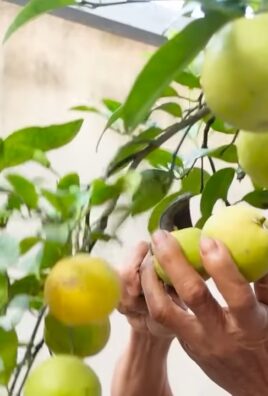
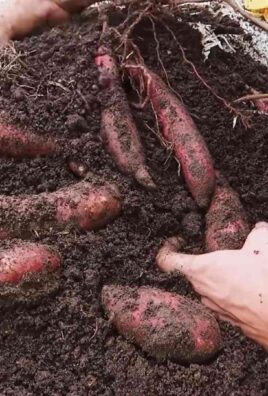
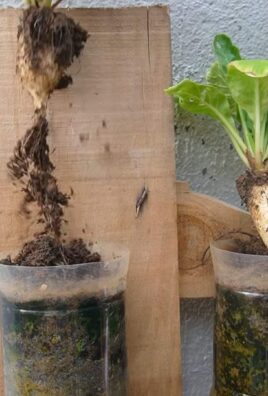
Leave a Comment